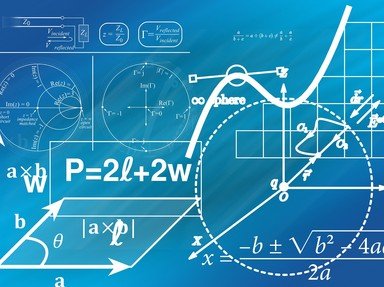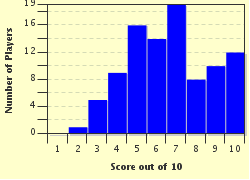Quiz Answer Key and Fun Facts
1. Just to check your understanding... a prime number is a natural number greater than 1 that can only be divided by 1 and itself, without a remainder.
2. What is the smallest prime number?
3. Numbers with two or more digits MUST end with a 1, 3, 7, or 9 in order to possibly be a prime number; any other last digit will make it a composite number.
4. Take a moment to think it through, then tell me how many prime numbers there are between 1 and 100.
5. What are 'twin primes'?
6. Given A=1, B=2, C=3, et cetera ... Is the word PRIME (P+R+I+M+E) a prime number?
7. Which of these palindromic prime numbers is ALSO a palindrome when converted into binary?
8. 31
331
3331
33331
333331
3333331
33333331
Are all of these prime numbers?
9. Keeping in mind the definition of a prime number, which of these primes has all prime digits AND forms primes with its first two and last two digits?
Example: Consider the prime number 'xyz': x, y, z, xy, yz are all also prime numbers.
10. Prime numbers are an infinite sequence, but there is a continual search (called the GIMPS for short) to find the largest prime number that is one less than a power of 2. The smallest example of this is the number 3 (2 to the power of 2 [4] minus one). The 47th such number, a prime with 12,978,189 digits, was discovered in 2008. After which 17th-century monk and mathematician is this number named?
Source: Author
reedy
This quiz was reviewed by FunTrivia editor
CellarDoor before going online.
Any errors found in FunTrivia content are routinely corrected through our feedback system.


